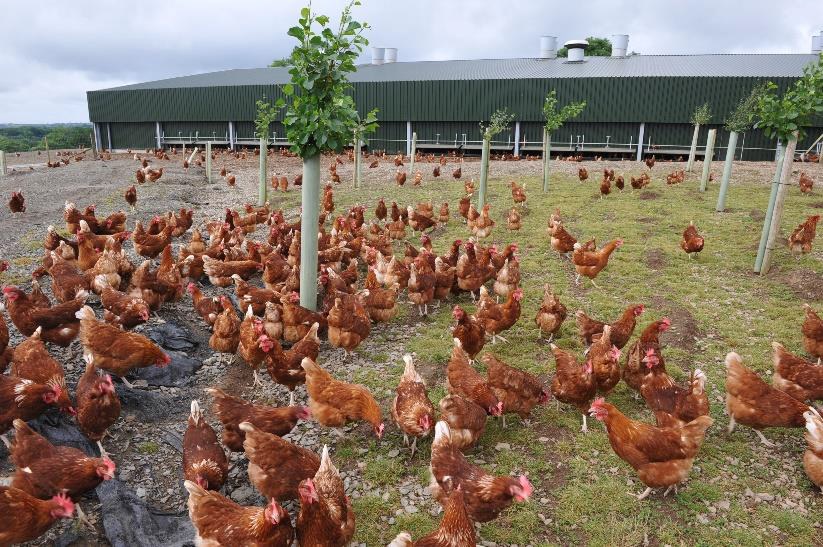
A new guide has launched which identifies 33 tree and shrub species best suited for planting on agricultural land.
Hornbeam, beech, goat willow and walnut are just some of the tree species best suited to planting on farmland.
This is according to a new advice published by Forest Research in partnership with the University of Reading.
The guide aims to help inform farmers’ tree species selections based on the individual needs and conditions of the farm.
Trees on agricultural land can offer benefits such as storing carbon and diversifying farm products with timber, fruits and nuts.
Species highlighted in the guide include hornbeam trees, which are suitable for most farm types, have longevity and can produce specialised timber.
Similarly, beech trees offer longevity and value for timber while also being suitable for upland farms and requiring little maintenance.
Every tree planted can absorb carbon dioxide, helping to mitigate the effects of climate change, the guide says.
Tom Breeze, senior research fellow at the University of Reading, said farming with trees was a 'great way' for farmers to meet environmental goals without compromising food production.
“Drawing on years of research from the University of Reading, this guide aims to equip farmers with the practical knowledge and tools they need to get started.
“Our goal is to make farming with trees more accessible, increase awareness of its benefits, and spark a conversation about how agroforestry can transform agriculture in the UK."
There are a wide a range of grants available to farmers to support planting and maintaining trees on agricultural land.
These include the Environmental Land Management (ELM) schemes which pays farmers for establishing and maintaining in-field agroforestry systems.
Other support available includes the Forestry Commission’s England Woodland Creation Offer (EWCO).
This provides 15 years of annual maintenance payments as well as standard capital costs and additional stackable payments.
